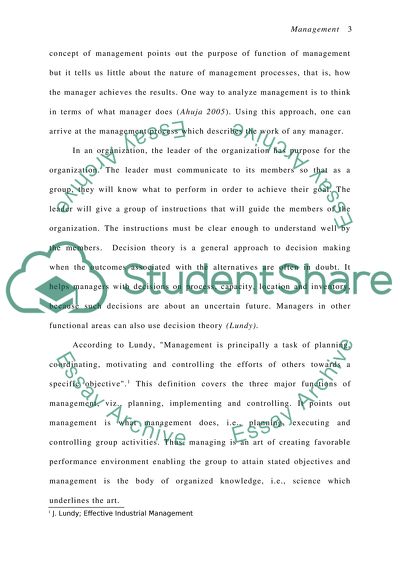Cite this document
(“Management (in general) Essay Example | Topics and Well Written Essays - 2500 words”, n.d.)
Retrieved from https://studentshare.org/miscellaneous/1534604-management-in-general
Retrieved from https://studentshare.org/miscellaneous/1534604-management-in-general
(Management (in General) Essay Example | Topics and Well Written Essays - 2500 Words)
https://studentshare.org/miscellaneous/1534604-management-in-general.
https://studentshare.org/miscellaneous/1534604-management-in-general.
“Management (in General) Essay Example | Topics and Well Written Essays - 2500 Words”, n.d. https://studentshare.org/miscellaneous/1534604-management-in-general.


